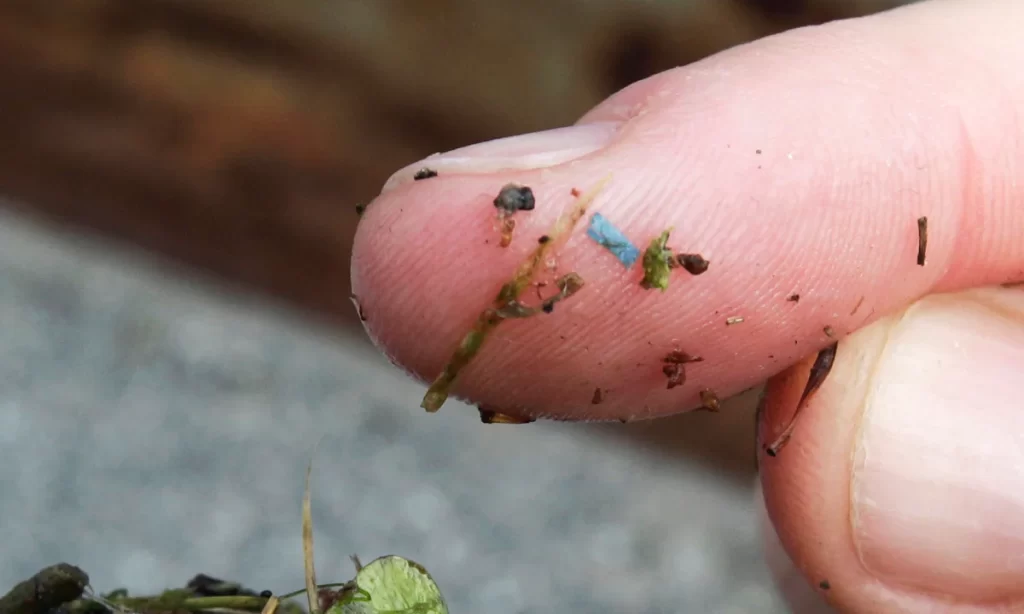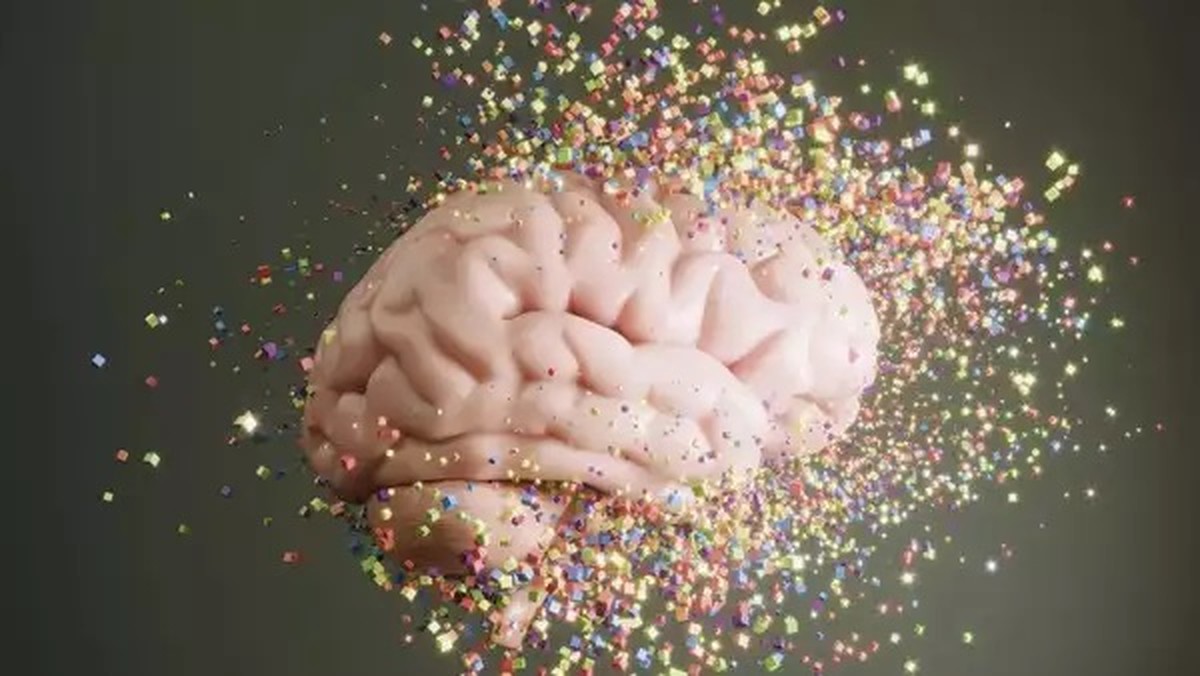Picture this: microscopic bits of plastic cruising through your bloodstream, only to hit a traffic jam in your brain’s tiny blood vessels—just like cars piling up in rush-hour chaos.
Turns out, this isn’t just a dystopian sci-fi scenario.
Scientists have now watched, in real-time, as microplastics block blood flow in mouse brains, mimicking deadly blood clots.
Using cutting-edge imaging, researchers at Peking University tracked fluorescent plastic particles as they slipped past the blood-brain barrier and lodged in delicate vessels.

“It’s like a car crash—one piece gets stuck, and others pile on behind it,” the authors explained.
The result? Reduced blood flow, potential neurotoxicity, and alarming effects on brain function.
Microplastics Are Inside Us
Mice exposed to microplastics showed slower movement, struggled with memory tasks, and performed worse in maze tests.
The real shocker? Microplastics aren’t just floating around in the environment—they’re inside us.
These tiny invaders, laced with thousands of toxic chemicals like BPA and phthalates, have already been found in human brains.
Scientists suspect they could be linked to heart disease, cognitive disorders, and even Parkinson’s.





